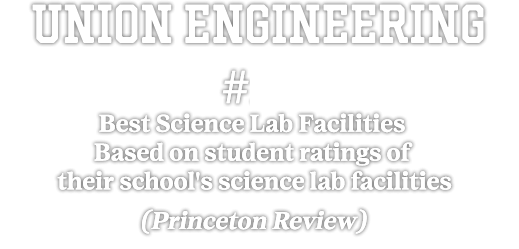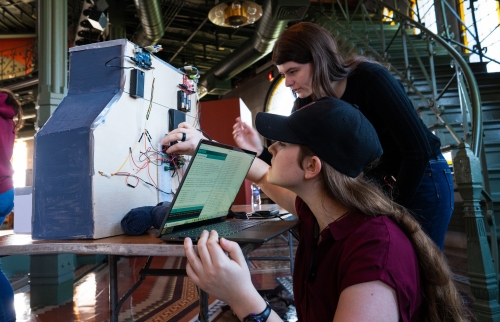


The first Engineering and Liberal Education (E&LE) Symposium was held at Union College in 2008 and was made possible by a Presidential Discretionary Award from the Andrew W. Mellon Foundation. Over the years, this symposium has provided a forum for educators and professionals to discuss the role of engineering at a liberal arts college and liberal arts in an engineering education.
We gratefully acknowledge the support of the Laurence W. Levine ’52 and Barry Traub ’53 Endowed Lecture Fund on the Liberal Arts and Engineering.
Registration opens
Wold Atrium
Lunch
Wold Atrium
Transition to O'Brien 117 for opening remarks. Registration will be moved to O'Brien Center.
O'Brien Center
Welcome & Opening Remarks
O'Brien 117
Lightning Talks: Round 1: Harnessing the power of collaboration with arts and humanities
Presenters:
Ashraf Ghaly - Genuine Human Intelligence Versus Synthetic Artificial Intelligence
Maurice Aburdene - "Is it Live or is it Memorex?" And does it matter?
Jacky Doll - Detecting Rapport from Non-verbal Behavior in Group Interaction
O'Brien 117
Refreshments provided.
O'Brien Downstairs Lobby
A Guided Conversation: Liberal Education/Engineering & Society Division within ASEE and Beyond
Marie Stettler Kleine - LEES/ASEE
O'Brien 117
Networking Opportunities
Transition to Nott Memorial
Keynote Reception & Poster Session
Nott Memorial
Dr. Francesca Rossi will present her Keynote Address: Artificial Intelligence: latest advances, ethics issues, and impact on education
To learn more about our 2023 Keynote Speaker Dr. Rossi, please visit our 2023 Keynote Speaker page.
Nott Memorial
Keynote Dinner
College Park Hall
O'Brien Upstairs Lobby
Breakfast in O'Brien before Saturday Sessions
O'Brien Downstairs Lobby
Lightning Talks: Round 2: A New Civic Engagement: Risk, Resilience & Empathy for Sustainable Future(s)
Presenters:
Angela Commito - Urban infrastructure, biography, and transformation: Lessons from an ancient Greek city
Sam Keene & Ben Aranda - Generative algorithms for Art and Architecture
Desen Ozken - Engineered objects to thread the sociotechnical via narrative, history and design
O'Brien 117
Refreshments provided.
O'Brien Downstairs Lobby
Lightning Talks: Round 3: Reflecting on the ethical considerations and impacts of a rapidly changing society
Presenters:
Erhardt Graeff - Educating Engineers for Civic-mindedness
Davis Chacon Hurtado - Engineering for Human Rights: Five Principles to Guide Engineering Work for Equitable and Sustainable Communities
Andrew Guswa - A learning community to strengthen ethics across the engineering curriculum
O'Brien 117
Lunch in Wold Atrium
Wold Atrium
Lunch.
Wold Atrium
Lightning Talks: Round 4: Exploring opportunities and grappling with risks of artificial intelligence
Presenters:
Tomas Dvorak & Ashok Ramasubramanian - Using a Student Investment Fund to Integrate Engineering and the Liberal Arts
Cherrice Traver & Christopher Chandler - From Circuit Boards to Compositions: A Collaboration Between Music and Engineering
Robert Dell - Engineering and the Arts, a New Reality
O'Brien 117
Feedback Playback & Closing Remarks
Symposium Retrospective
Moderated by David Hans

Ashok Ramasubramanian, Dean of Engineering and Co-Director of the Templeton Institute